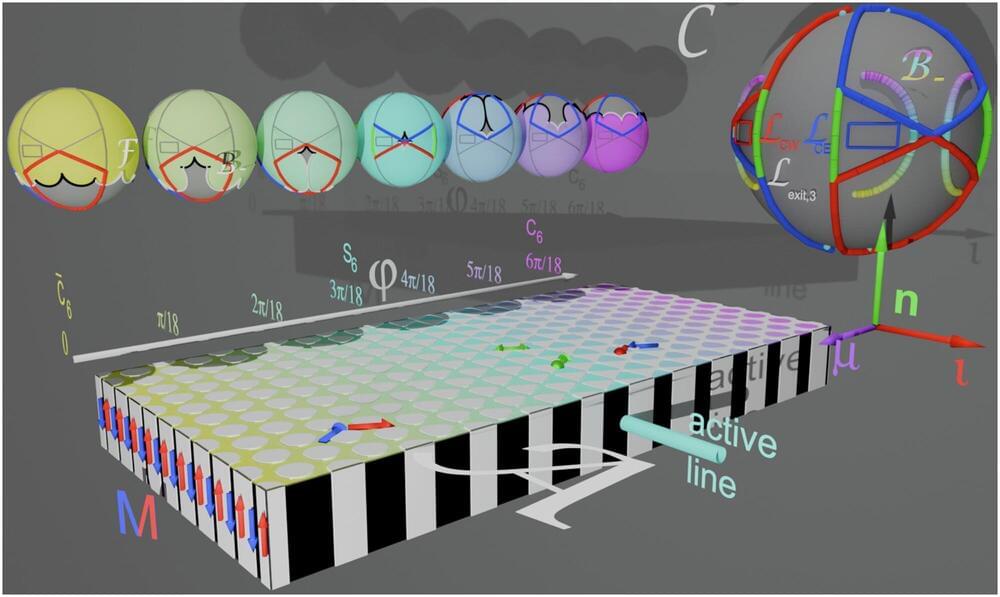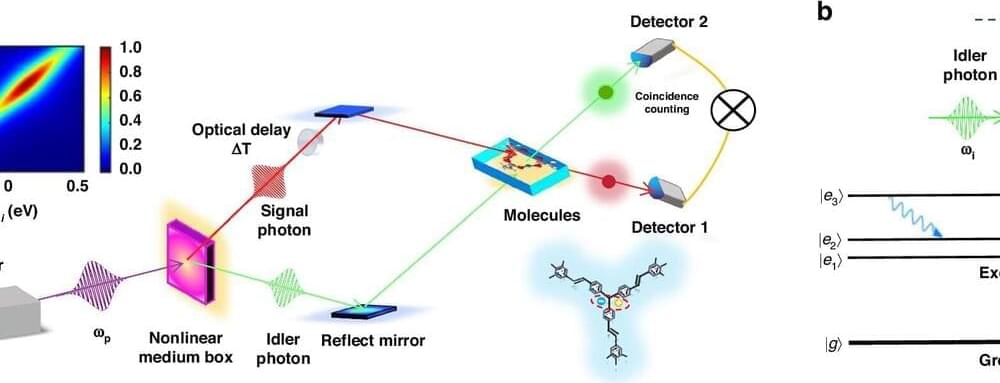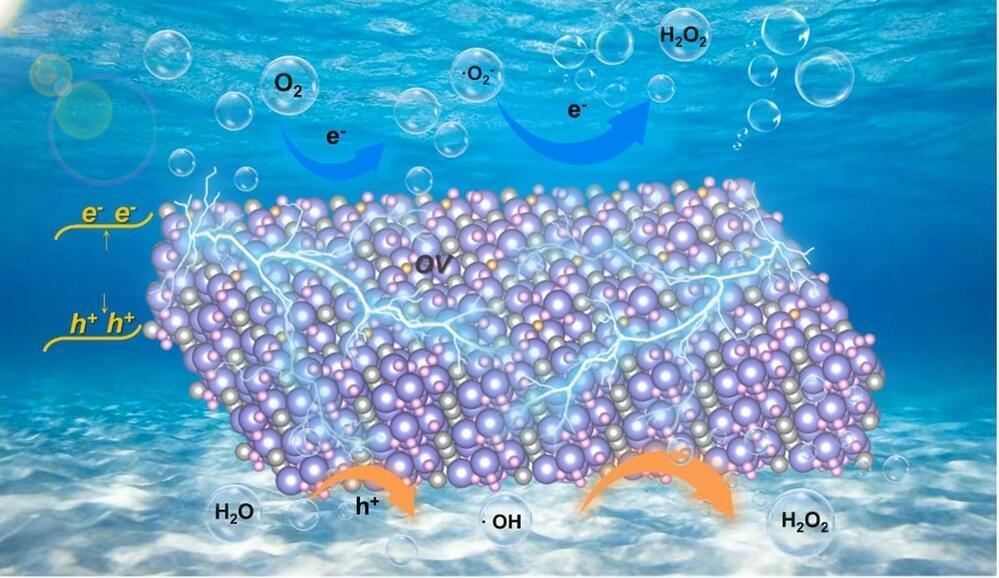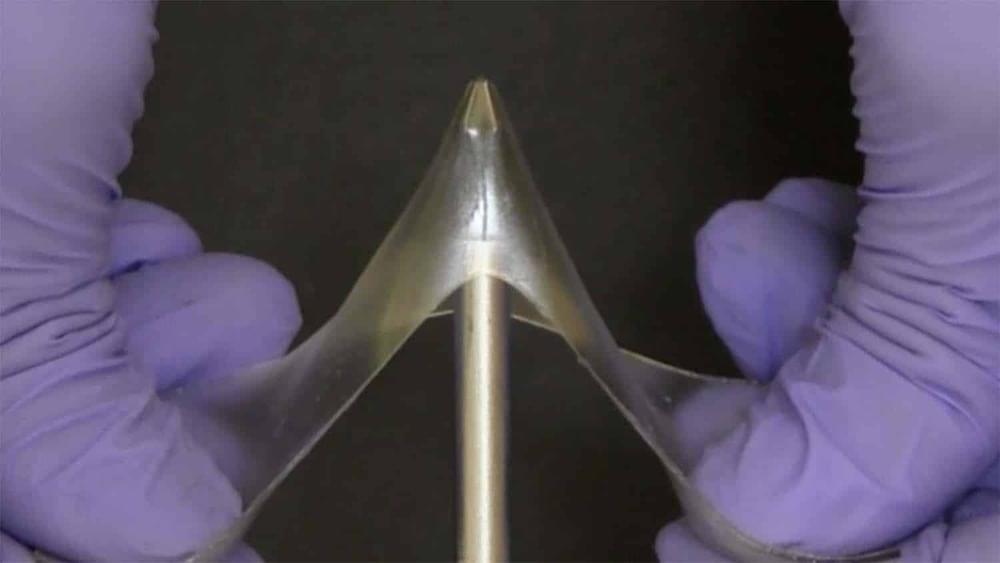Jul 22, 2024
New Study confirms Forever Chemicals are Absorbed through Human Skin
Posted by Natalie Chan in categories: chemistry, government
A study of 17 commonly used synthetic ‘forever chemicals’ has shown that these toxic substances can readily be absorbed through human skin.
New research, published today in Environment International proves for the first time that a wide range of PFAS (perfluoroalkyl substances) — chemicals which do not break down in nature – can permeate the skin barrier and reach the body’s bloodstream.
PFAS are used widely in industries and consumer products from school uniforms to personal care products because of their water and stain repellent properties. While some substances have been banned by government regulation, others are still widely used and their toxic effects have not yet been fully investigated.


















